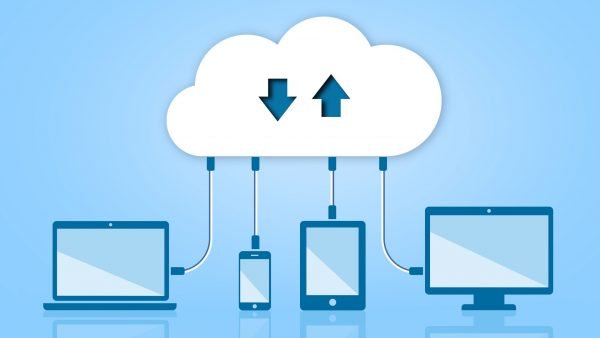Last updated on March 29th, 2024 at 01:21 am
Migrating to the cloud has become a necessity for many businesses seeking efficient resource utilization and seamless remote access. However, without proper planning and understanding of the process with organizations, tools and solutions, can fall prey to common mistakes that can lead to disruptions and inefficiencies.
In this article, we will explore the typical errors that occur during cloud migration and provide recommendations to avoid them, ensuring a successful and smooth transition to the cloud.
Table of Contents
Neglecting Existing Access Mechanisms:
One common mistake is failing to account for the access mechanisms already in use within the organization. Users are accustomed to specific protocols and access paths, and any sudden changes can lead to confusion and disruptions.
Before migrating, thoroughly analyze the existing access methods and communicate any changes to users well in advance. This proactive approach will help alleviate potential issues and ensure a seamless transition.
Inadequate Decision-Making For Minimal Impact And Maximum Efficiency:
When migrating to the cloud, it is crucial to make well-informed decisions regarding the migration strategy. Consider factors such as migrating user groups simultaneously or employing phased approaches to minimize impact and maximize efficiency.
Carefully assess the dependencies between applications and plan accordingly to maintain optimal functionality during the migration process.
Ignoring Licensing Considerations:
Licensing issues can significantly impact the cost and success of a cloud migration project. It is essential to understand the licensing requirements of the applications being migrated. Determine whether licenses are based on virtual machines, infrastructure footprint, or cores.
This knowledge will help estimate costs accurately and avoid potential licensing conflicts when moving to the cloud. Additionally, familiarize yourself with how license providers work with cloud environments, as this can affect costs and licensing compliance.
Failure To Select A Resource-Optimized Environment:
Optimizing resources is crucial for cost-effective cloud migration. Analyze the CPU resource patterns to ensure that the required availability and performance levels are achieved without incurring unnecessary expenses.
Neglecting resource optimization can lead to architecture issues that hamper user performance and satisfaction. A careful evaluation of resource requirements and selecting an appropriate environment will contribute to a successful migration.
Overlooking Cloud Provider Security Policies:
Not all cloud providers offer the same level of security, making it imperative to review their security policies thoroughly. Protecting sensitive data should remain a top priority throughout the migration process. Evaluate the implementation of security policies by potential cloud providers and ensure they align with your organization’s requirements.
Consider any necessary concessions, the assignment of responsibilities, and temporary solutions to meet compliance demands without compromising data security.
Neglecting Integration Needs:
During the planning phase, it is essential to consider the dependencies between applications. Understanding these relationships allows for effective planning and a smooth data migration process. Identify any integration requirements and develop a roadmap that addresses the interconnectivity between applications, ensuring a seamless transition to the cloud.
Related Articles:
Building a Custom Distance Matrix API
How Cloud Hosting Can Improve Enterprise Customer Experience
Conclusion
Migrating to the cloud can provide numerous benefits, but it requires careful planning and execution to avoid common pitfalls. By considering the mistakes discussed above and implementing the recommended strategies, organizations can mitigate risks and achieve a successful cloud migration.
Remember, a holistic approach that considers access mechanisms, licensing, resource optimization, security policies, and integration needs is vital for a smooth transition to the cloud.







